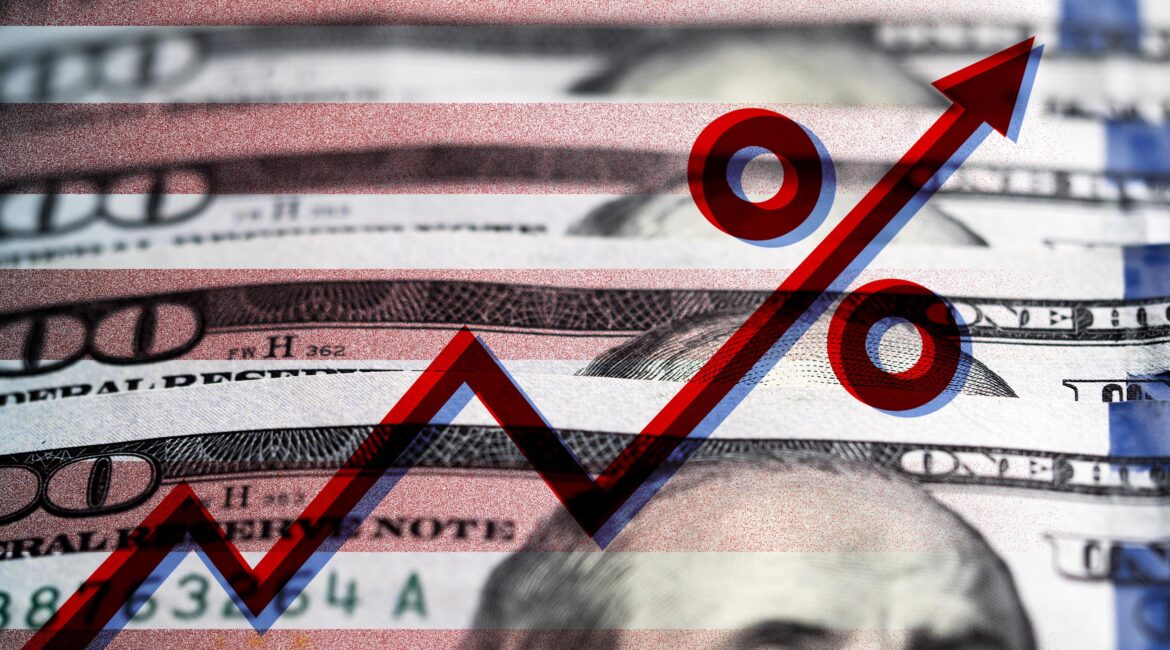As we move into the year 2023, it is important to consider the potential impact of the Federal Reserve’s decisions on interest rates. How much will the Fed raise rates in 2023? This is a question on the minds of many investors, as well as those looking to purchase or refinance homes. In this blog post, we’ll take a closer look at the potential implications of the Federal Reserve’s interest rate decisions in 2023.
The current state of interest rates
Interest rates have seen significant changes over the past few years. The Federal Reserve (Fed) lowered rates to near-zero levels during the 2008 recession, and kept them there for much of the economic recovery period that followed. However, since the economic slowdown of 2020, the Fed has begun gradually increasing interest rates again in an effort to prevent further economic damage from a recession. Mortgage interest rates have gone up as a result, and other consumer loans and credit cards have seen similar increases. It remains to be seen whether the Fed will continue to raise rates as the economy recovers, or if they will maintain a low rate environment to prevent a further economic slowdown.
The factors that affect interest rate hikes
Interest rates are determined by a number of different factors, with the most important being the Federal Reserve’s decision to raise or lower rates. This decision is based on several key economic indicators, such as inflation, unemployment and GDP growth. When the economy is booming, the Fed usually raises interest rates to prevent inflation. Conversely, if the economy is experiencing a slowdown, the Fed will likely lower interest rates in order to spur economic activity.
Mortgages are also tied to interest rate hikes. When the Fed raises interest rates, it typically has an immediate impact on mortgage rates, making them more expensive for home buyers and refinancers alike. This can affect consumer confidence and demand, which in turn affects the overall economy.
Ultimately, the Fed has to assess the state of the economy before deciding whether to raise or lower interest rates. It must consider factors such as inflation, economic growth, consumer spending, job market trends, and other economic indicators. If these factors indicate that the economy is slowing down, the Fed may decide to reduce interest rates to encourage more borrowing and stimulate economic activity. On the other hand, if the data suggests that inflation is increasing, then raising rates may be a prudent course of action to help keep it in check.
The probability of a rate hike in 2023
The Federal Reserve is likely to raise interest rates in 2023, depending on the current state of the economy. Interest rate hikes are usually determined by the Fed based on a variety of factors, such as economic activity, employment, and inflation. However, there is always a chance that economic conditions can lead to a slowdown and an associated lack of consumer demand. This could cause the Fed to delay any rate hikes or even reduce rates.
Overall, economists believe that the U.S. economy is still on a path of recovery and will continue to grow in the coming years. Thus, if the economic data is positive and inflation is rising, then it is likely that the Fed will raise interest rates in 2023. This could be done gradually or with multiple increases over the course of the year. Ultimately, the success of this decision depends on how well the economy responds to the rate hike.
The potential impact of a rate hike on the economy
Interest rates play a critical role in the overall health of the economy. If the Federal Reserve (Fed) decides to raise rates in 2023, this could have a wide range of effects on the economy. A rate hike could mean higher borrowing costs for consumers, businesses, and governments, which could lead to an economic slowdown. Furthermore, higher interest rates could reduce investments, slow consumer spending, and lead to an increase in unemployment. All of these factors could have a negative impact on the overall economy. For example, if businesses are not able to borrow at reasonable rates, they may have difficulty expanding or launching new projects. This could have a ripple effect on the economy by reducing employment opportunities, lowering wages, and even slowing economic growth.




